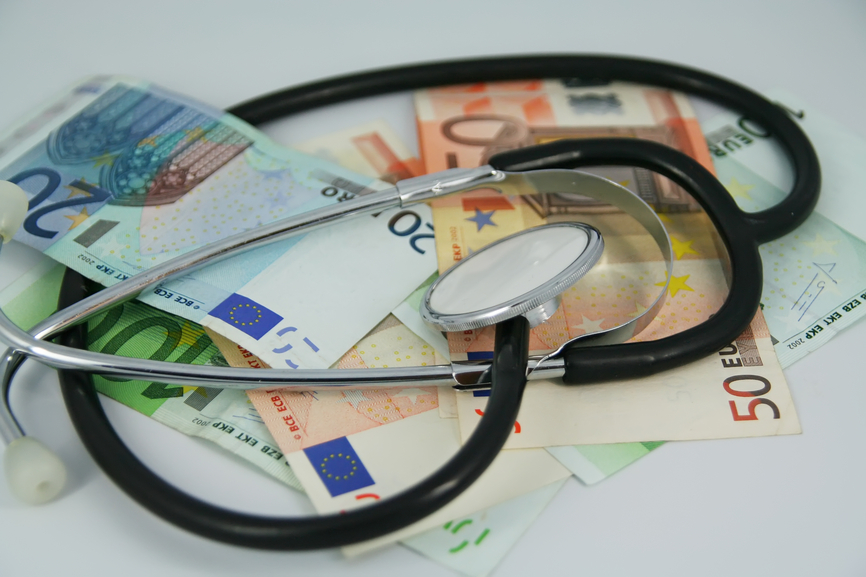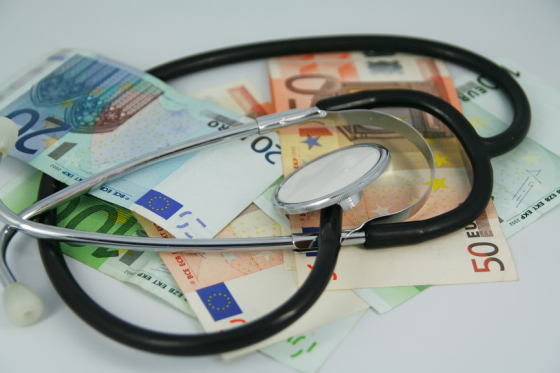Own risk element in healthcare benefits the better off, LSE economists say

 Researchers at the London School of Economics say the own risk element (eigen risico) in the Dutch health insurance system is disadvantaging people who have both low incomes and low skills, because they cannot determine what financial choices best meet their needs.
Researchers at the London School of Economics say the own risk element (eigen risico) in the Dutch health insurance system is disadvantaging people who have both low incomes and low skills, because they cannot determine what financial choices best meet their needs.
Healthcare in the Netherlands is partly paid for by central government and partly via private health insurance – and the first €385 of treatment has to be paid by the policy holder.
This own risk element, a type of excess, can also be expanded to €835 in return for lower health insurance premiums.
The LSE economists say in the new issue of economics magazine ESB that the current system is strengthening inequality because it is the better off who are able to estimate if it is worth the risk to increase their own risk payment.
The researchers base their conclusions on an analysis of anonymised information covering all 12 million people insured for healthcare between 2013 and 2017.
They also conclude that just 10% of people opt to increase their own risk payment, but for 60% of the population it would be the more sensible option.
Co author Johannes Spinnewijn told the Financieele Dagblad that research injects a new angle into the current discussion about the own risk element in healthcare – which several political parties want to scrap.
The debate ‘is largely about solidarity, but the option to cut premiums is one which mainly benefits people on higher incomes,’ he said. What would help is better informing consumers about the options and about their own risk profile, he said.
Thank you for donating to DutchNews.nl.
We could not provide the Dutch News service, and keep it free of charge, without the generous support of our readers. Your donations allow us to report on issues you tell us matter, and provide you with a summary of the most important Dutch news each day.
Make a donation